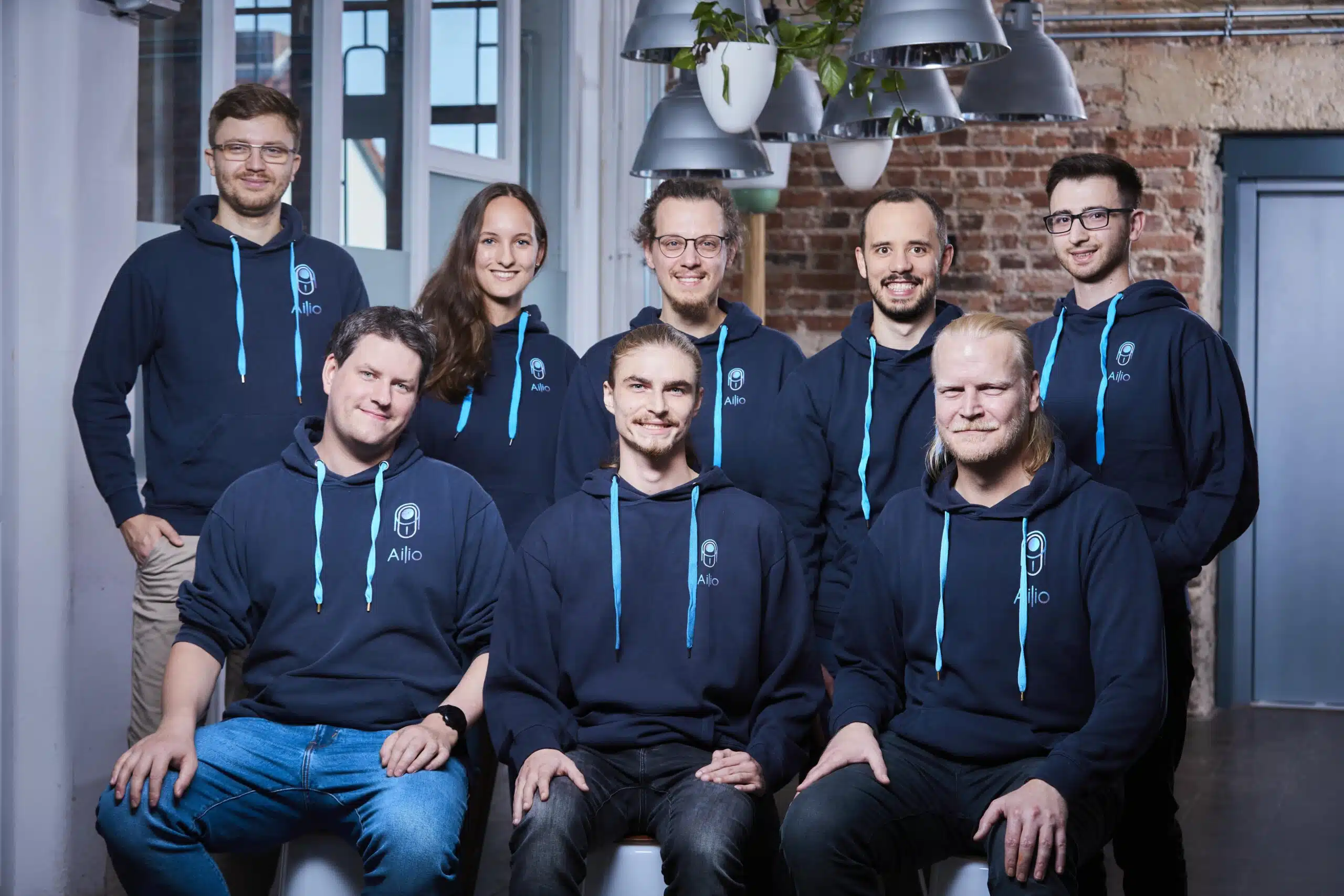
Data Science
Looking at data makes it possible to discover a company’s own advantages and disadvantages compared to competitors and then place these in the focus of important decisions. For successful companies, it is essential to keep an eye on all KPIs and to react quickly to their changes as well as to recognize the optimization potential in them. The following three use cases are approaches from our everyday lives that can be used to achieve this.
Use Case 1: Classic Business Intelligence

Business Intelligence is the systematic analysis of all business processes. We help you here by revealing the potential for targeted data collection and analysis in your company and ensuring technical implementation.
By collecting new data and refreshing old processes, we provide holistic and data-driven insight into your business. This enables decisions to be made on the basis of facts and figures that create added value.
Use Case 2: Dashboard
We create a dashboard tailored to you, where you can monitor all the company’s operations and KPIs in real time and react immediately to both positive and negative developments. If required, customizations tailored to your company can also be implemented, including alerts for particularly important developments.
For example, if your close rate falls below average, you can react immediately rather than days later. This gives you a much better chance of identifying the cause. Another example would be the reinforcement of positive developments and trends through additional marketing budget.

Use Case 3: Predictive analysis

In order to be able to make practicable and forward-looking statements on business development, models must be developed on the basis of existing data to support these predictions. Otherwise, these predictions are just a glimpse into the crystal ball. Companies with investors are particularly dependent on making assumptions that are as realistic as possible.
In doing so, we support your company by casting your domain-specific expert knowledge into scientific models.
Use Case 4: Predictive Maintenance
Predictive maintenance is a mission-critical range of functions, especially for machine builders, appliance manufacturers, production companies and manufacturers.
Predictive maintenance enables companies to predict when a device will fail based on external or internal sensors and historical device data.
This can protect customers from bad experiences, prevent production line downtime with costs in the seven-figure range and reduce service costs.
As a device manufacturer, predictive maintenance can also be a sales driver, as many customers request this service and are willing to pay for it on a software-as-a-service or license basis.

Use Case 5: Recommendation Engines

Recommendation engines are AI-driven systems that make recommendations based on demographics, purchasing behavior and individual user input.
These can be product recommendations in an online store or e-mail newsletters. However, the area of application goes much further, for example, recommendations can be integrated into chat bots, display advertising, online marketing and much more.
The user is guided by a good engine to the perfect product for him with an attractive offer.
This increases the conversion rate and boosts customer satisfaction.
Use Case 6: Next-best-action marketing
Next-Best-Acton Marketing uses artificial intelligence to define the next best step in sales.
Essentially, we want to know and automate our targeting: Which customer am I targeting with which product at which time via which channel with which offer?
As a rule, this approach is based on several data science solutions for the respective sub-problems, which are controlled by an AI across the board.
The impact on sales and efficiency can be enormous if successfully implemented, as you can see in our success stories.

Use Case 7: Classification of customers and objects

Artificial intelligence is able to classify objects and customers using image, sound, correlation and text recognition.
For example, for a wine search engine, we were able to classify unstructured and unclassified data sets from third-party providers where it was not clear whether it was wine or other product types with 100% accuracy. As a result, our customer was able to expand its product portfolio extensively without risking listing unsuitable products.
Another area of application is customer classification. Here you can use historical data to recognize which customer categories and personas each individual customer falls into.
This makes it possible to address them in a much more personalized way and improve all KPIs in the service & sales process.
Consulting & implementation from a single source
- In a non-binding initial consultation, we analyze together whether the Lakehouse approach will help you.
- As a small, specialized service provider, the management is 100% behind every project.
- Get to know our management directly in the initial meeting. No pre-qualification and no waste of time.
- If required, we can bring in an architecture / technology expert right from the start. Simply ask when booking your appointment.



